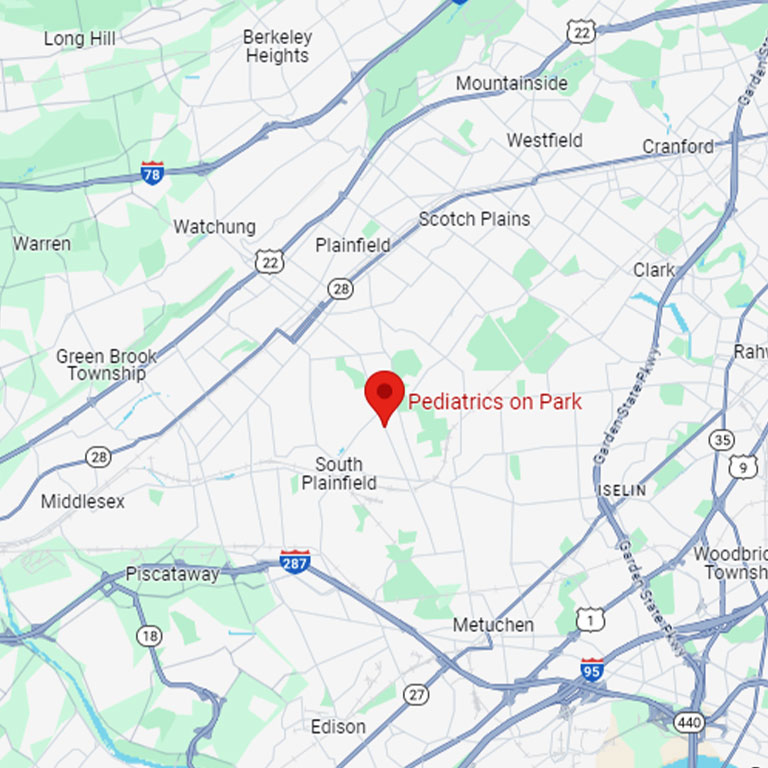What Is Enamel Hypoplasia?
Put simply, a diagnosis of enamel hypoplasia means you don’t have enough or quality enamel protecting your teeth. This condition occurs during tooth formation. Several factors might cause it, such as:
- Genetics—Enamel hypoplasia often runs in families and can be a complication of another developmental disorder, like amelogenesis imperfecta.
- Environmental—Many outside factors can disrupt enamel development, including poor nutrition, illness, or trauma.
Enamel hypoplasia might also be a complication of prenatal issues like a mother smoking or taking drugs during her pregnancy.
How Is Enamel Hypoplasia Diagnosed?
Often, there are physical signs of the condition that the dentist will see during a check-up, including:
- Pitting or lines on the tooth enamel
- Uneven texture
- Discoloration
Your child also may have more cavities than normal or develop dark spots on their teeth.
What Is the Treatment for Enamel Hypoplasia?
The dental treatment for enamel hypoplasia involves a combination of treating the symptoms and trying to prevent damage to the teeth. Because teeth are susceptible to cavities, fractures, and disease, treatment may include:
- Fillings—To fill holes that develop in enamel
- Dental crowns—To cover and protect weak teeth
- Veneers—To even out the texture and color of the teeth
- Enamel microabrasion—Removes stains and improves the appearance of teeth
- Teeth whitening—To help reduce the appearance of enamel problems
Regular check-ups are also a critical part of the care plan.
If you notice thinning or spots on your child’s teeth, call to schedule an appointment at Pediatrics on Park today. Our dentist in South Plainfield, NJ, can evaluate your child’s teeth and treat them for enamel hypoplasia.










